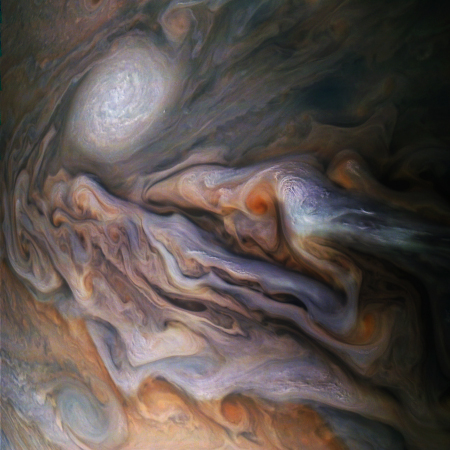FCC approves four proposed satellite constellations, including SpaceX’s of 7,500+
Capitalism in space: The FCC has approved licenses to launch four different proposed smallsat satellite constellations, totaling almost 8,000 satellites.
Of that total, more than 7,500 would belong to SpaceX’s proposed Starlink constellation.
The new regulatory approvals set the stage for two companies, SpaceX of Hawthorne, California, and Telesat of Ottawa, Canada, to expand constellations already approved last year with more satellites in the rarely used V-band spectrum. Canadian startup Kepler Communications and LeoSat, a company licensed from the Netherlands, also received approvals, Kepler for 140 Ku-band satellites and LeoSat for 78 Ka-band satellites.
Of the four, SpaceX is by far the largest with 7,518 satellites constituting what it calls a “very low Earth orbit,” or VLEO constellation that would operate slightly below 350-kilometers. At that altitude, SpaceX says atmospheric drag would pull spent satellites down in one month, assuaging concerns about the magnitude of debris that that many satellites could create in higher orbits.
While SpaceX likely plans to launch its satellites on its own rockets, the other companies will likely depend on the new smallsat rocket companies — Rocket Lab, Virgin Orbit, Vector — that are about to all come on line.
Capitalism in space: The FCC has approved licenses to launch four different proposed smallsat satellite constellations, totaling almost 8,000 satellites.
Of that total, more than 7,500 would belong to SpaceX’s proposed Starlink constellation.
The new regulatory approvals set the stage for two companies, SpaceX of Hawthorne, California, and Telesat of Ottawa, Canada, to expand constellations already approved last year with more satellites in the rarely used V-band spectrum. Canadian startup Kepler Communications and LeoSat, a company licensed from the Netherlands, also received approvals, Kepler for 140 Ku-band satellites and LeoSat for 78 Ka-band satellites.
Of the four, SpaceX is by far the largest with 7,518 satellites constituting what it calls a “very low Earth orbit,” or VLEO constellation that would operate slightly below 350-kilometers. At that altitude, SpaceX says atmospheric drag would pull spent satellites down in one month, assuaging concerns about the magnitude of debris that that many satellites could create in higher orbits.
While SpaceX likely plans to launch its satellites on its own rockets, the other companies will likely depend on the new smallsat rocket companies — Rocket Lab, Virgin Orbit, Vector — that are about to all come on line.

